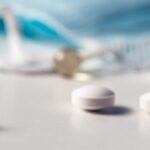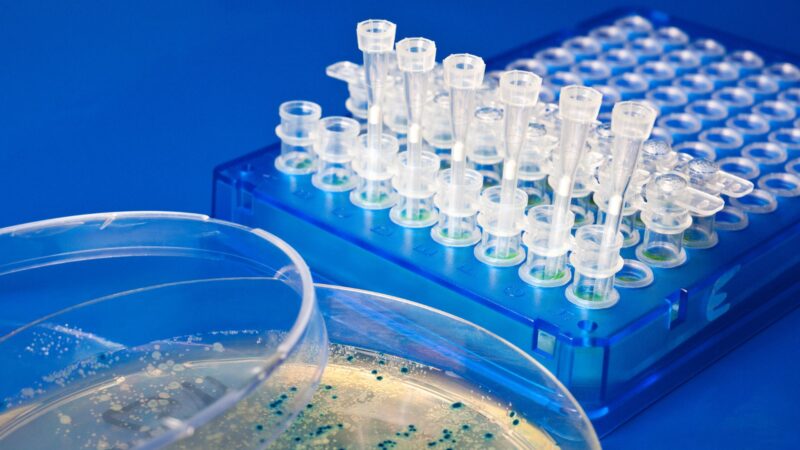Enhancing Aseptic Integrity, Operator Safety, and Regulatory Alignment
As pharmaceutical manufacturing pushes toward higher standards of sterility assurance and operator safety, Grade A isolators have emerged as the gold standard in aseptic fill-finish operations. Compared to traditional cleanroom and RABS (Restricted Access Barrier Systems) setups, isolators offer superior control over microbial contamination, particulate generation, and operator intervention.
The choice between isolators and conventional Grade A/B environments is no longer just about cost—it’s about long-term resilience, regulatory readiness, and lifecycle risk mitigation.
Key Advantages of Grade A Isolators
- Physical separation from operator intervention reduces contamination risk
- Positive pressure barrier with Grade A internal environment
- Fully automated decontamination (typically via VHP)
- Reduced reliance on gowning and background area classification
Traditional Cleanroom/RABS Limitations
- High operator dependency and variability in aseptic technique
- Complex gowning procedures with human error potential
- Greater air classification and HVAC burden in surrounding areas
- Higher probability of microbiological excursions
Validation and Compliance Considerations
- Qualification of airflow, pressure differentials, and unidirectional flow
- VHP cycle development and 6-log reduction validation
- Routine integrity testing of gloves, filters, and HEPA systems
- Annex 1 and ISO 14644 compliance, with microbial monitoring programs
Digital Integration and Process Control
- SCADA integration with full batch traceability and alarm logging
- Inline environmental monitoring (non-viable and viable)
- Integrated vision inspection, fill-weight control, and reject systems
- CFR Part 11-compliant electronic documentation
Use Cases Across Pharma
- Sterile fill-finish of injectables and biologics
- ATMPs and high-potency drug filling
- Compounding and investigational drug production
Isolators are not simply equipment—they are controlled GMP microenvironments that redefine how sterility assurance is engineered. With regulatory support for closed systems and reduced reliance on manual aseptic practices, isolators are becoming a default for new installations and facility upgrades.






